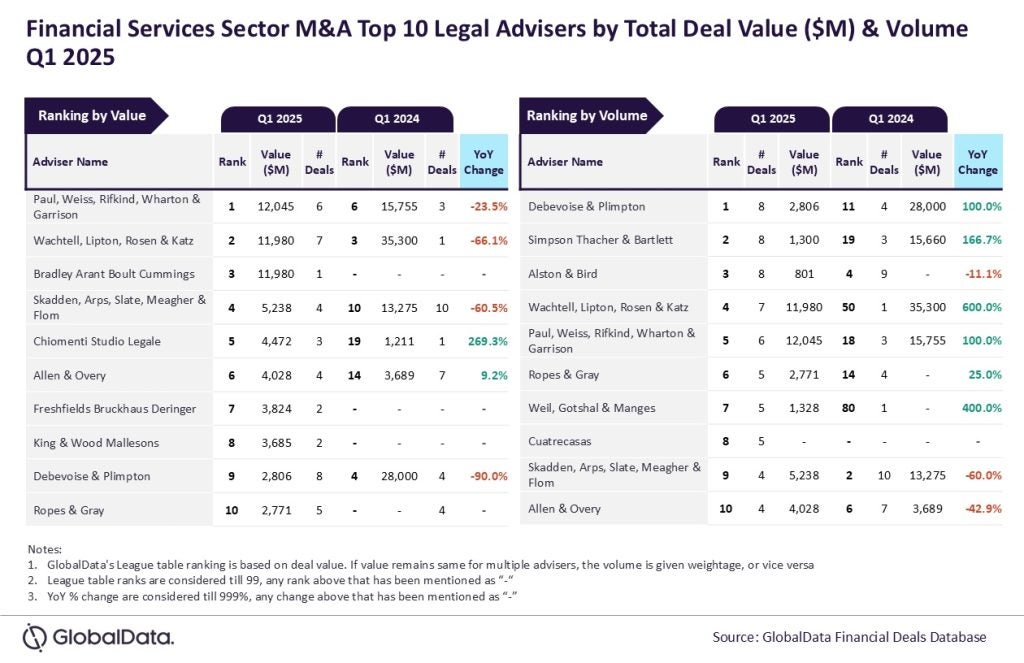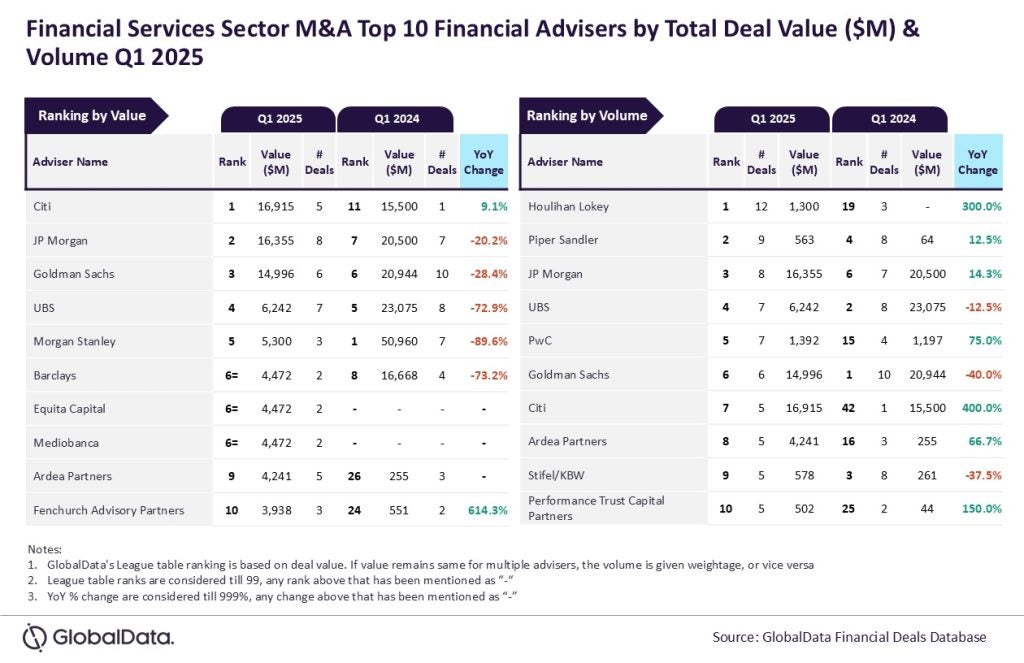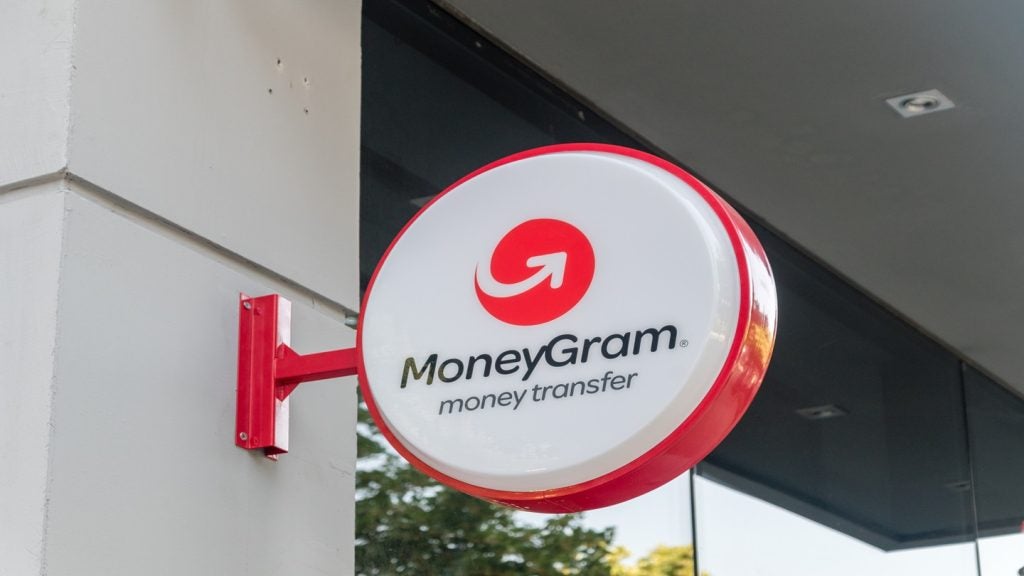Like its rival big five Canadian banks, Scotiabank is investing heavily in digital banking. Scotiabank’s mobile banking platform came joint first with CIBC in Forrester Research’s Canadian mobile banking survey, while its Tangerine subsidiary has won plaudits from JD Power for high levels of customer satisfaction
When announcing Scotiabank’s Q2 2015 results, Brian Porter, Scotiabank’s president and chief executive officer, said: "We’re working to make it easier for our customers to do business with us, whether in a branch, online, or on their smartphone, with new investments in technology.
"We recognise that investing in technology is fundamental to our ability to better serve our existing customers, and to build relationships with new ones. One of the most important ways for us to become more customer-focused is to embrace a digital approach to banking."
Mobile banking
"ATM and telephone banking had initial slow adoption curves in Canada," says Jeff Marshall, Scotiabank’s vice president of Self Service Customer Experience.
"We’ve only offered mobile banking for five years and have already seen a very rapid adoption curve. The breadth and depth of mobile transactions is remarkable."
"Tangerine has seen very rapid adoption of smartphone and tablet banking by our customers," adds Charaka Kithulegoda, Tangerine’s chief operating officer.
Half of Scotiabank’s active mobile banking customers no longer use its desktop online banking service, Marshall says. "What we’ve been doing is to narrow the gap in functionality between our mobile banking service and our online banking service, so that mobile-only customers don’t have a fractured experience," he says. "We’re getting quite close to achieving channel parity between online and mobile now."
Scotiabank is very interested in leveraging opportunities for personalisation and contextualization in its mobile banking service, Marshall says.
"We already offer the capability for mobile and online customers to notify us when they travel abroad, so we don’t block their cards, and to receive alerts about credit card and banking transactions," he says.
"But we’re looking at offering a functionality which would use our customers’ smartphone GPS technology to proactively notify us when they are outside Canada.
"This would be subject to customer opt-in, but it would mean we could send a message to a customer to say, for example, ‘we see you’re in Peru, would you like us to notify our credit card unit?’"
Scotiabank is also looking at how it can leverage its knowledge of a customer’s transactions to provide helpful financial management suggestions that anticipate what the customer will want to do.
"We could send a message to a customer’s smartphone saying, ‘we see you’re close to the limit of the overdraft on your chequeing account. Do you want us to transfer money from your savings account to your chequeing account?’" says Marshall. "We think this is more valuable to customers than just offering them budgeting tools."
Wearables
In October 2014, Scotiabank launched the Quick Balance App on the Samsung Gear 2 and Gear S smart watches, enabling mobile banking customers to check their real-time balance and five most recent transactions from their preferred Scotiabank account by swiping the screen on the watch. In April 2015, Scotiabank launched the Quick Balance App on the Apple Watch.
Tangerine also offers its Tangerine Mobile banking app on the Apple Watch, providing account balances and recent transaction details.
"We’re in the early adopter phase for wearables, but, despite this, it seems demand is high," says Marshall. "For Scotiabank, digital banking encompasses wearables as well as online, mobile and tablets."
Forrester Research
Scotiabank and CIBC came joint first in Forrester Research’s 2015 Canadian Mobile Banking Functionality Benchmark study of the top five Canadian banks, each earning 75 out of a possible 100.
The May 2015 report cited Scotiabank for its best-in-class help service for mobile banking customers, and gave Scotiabank the highest score in the account and money management and in the service features categories. "Scotiabank leads in the account and money management category in part because it offers the best transaction-history search tools," Forrester Research said.
"Scotiabank’s help feature is always on throughout the bank’s smartphone app and provides task-specific content as well as the option to search for other information or move to another touchpoint if needed."
"Scotiabank uses virtual assistant technology from IntelliResponse which it has embedded in its mobile app to make it really easy to find and use," says Peter Wannemacher, a senior analyst at Forrester Research.
"It has created an IntelliResponse question mark icon on virtually every one of its mobile banking screen. As people click the IntelliResponse icon for a particular task, they are drawn to the most common questions related to that task."
Wannemacher also praises Scotiabank’s use of mobile messaging to push targeted product offers at its customers, instead of random banner ads on mobile banking screens.
"Scotiabank has created pre-approved and pre-filled offers which it sends to mobile customers who have opted in to accept all communications from the bank," he says. "Mobile banking customers just need to make one click to accept these offers."
In a Forrester Research blog titled "Scotiabank Uses Mobile Messaging To Increase Digital Sales" Wannemacher wrote that Scotiabank launched its targeted mobile marketing program two years ago.
"Digital executives at Scotiabank have seen mobile cross-selling rates — as measured by year-over-year growth in unit sales via mobile banking — more than double, up 165 percent since the firm launched this effort," he wrote.
Mobile Metrix
In April 2015, Scotiabank came third in U.S.-based digital analytics comScore’s Mobile Metrix ranking of Canadian mobile banking properties including both browsers and apps. comScore estimates that Scotiabank had 2 million unique mobile banking visitors in April 2015.
Social media
"Scotiabank represents an example of how banks are trying to make social media more than just a tool to generate sales," says Celent banking analyst Stephen Greer.
"The trap most banks fall into is that social media becomes another way to try to sell products. At that point, the message gets lost to the consumer, because they just shut off the valve."
"Scotiabank is doing a lot around advice- and value-driven social media," says Greer. "The tack it is taking is along the lines of providing ‘life hacks’ and other tips aimed at millennials."
Tangerine
Scotiabank acquired ING Direct Canada in November 2012 from ING, and changed the direct bank’s name to Tangerine.
Tangerine, which has nearly 2 million customers, came top for customer satisfaction for the third consecutive year in the mid-sized bank category in U.S.-based consultancy J.D. Powers’ 2014 Canadian Retail Banking Customer Satisfaction Study.
Tangerine’s Kithulegoda says Tangerine has been a leader in the Canadian mobile banking market through smartphone app-based innovations such as voice-enabled banking, fingerprint identification using Apple Touch ID and paperless customer on-boarding.
"One of our key competitive advantages is our Tangerine business," Scotiabank’s Porter said in an earnings call.
"Working closely with our colleagues at Tangerine, we are looking to deploy more innovative features for the benefit of all Scotiabank customers. We are developing our capabilities to be much more responsive and nimble, particularly in mobile product development."
One example of an innovation which Scotiabank has on its roadmap is remote mobile deposit capture of cheques, which Tangerine already offers.
"Tangerine is able to move ahead first on new capabilities, and we can learn from them," says Marshall.
"In addition to talking to Tangerine, we also spend a lot of time talking to European banks about what they are doing in digital banking. For instance, European banks are ahead of their North American counterparts in the personalisation capabilities they offer at ATMs."
On-going evolution
"Tangerine introduces new evolutions of our mobile app every six to 10 weeks in terms of functionality," says Kithulegoda.
"We do this because consumers’ expectations about the mobile channel are increasing faster than for any other channel.
"The great thing about mobile apps is that you can make small iterations very easily to improve the service. We find that our best ideas come from feedback from customers telling us what they like and don’t like about our app."
Having launched Touch ID authentication on the iPhone last year, Tangerine is now piloting voice biometrics and facial recognition biometrics.
"We want to roll out biometrics across all mobile device platforms, not just Apple," says Kithulegoda.
Tangerine’s voice banking app uses technology from Nuance Communications that lets customers request information or set up payment transactions.
"One problem we identified was that, when our voice app asked customers for confirmation that they wanted to carry out a transaction, there was quite a high failure rate," says Kithulegoda.
"We looked at the voice logs and found that the reason for failure was that Canadians, being very polite, were answering ‘thank you,’ instead of ‘yes’ or ‘no.’"
Digital signature capture
Another innovation Tangerine has introduced is digital signature capture for paperless transfers of pension plans and savings accounts from other financial institutions to Tangerine, using Canadian firm Silanis’ e-SignLive technology.
This transforms any web-enabled touchscreen mobile device into a signature pad for capturing digitized handwritten signatures in account-opening documents and enforceable contracts.
Tangerine operates cafés in major Canadian cities such as Toronto and Vancouver, where customers can open Tangerine accounts and instantly receive a Tangerine debit card.
"Customers scan their driver’s licence using an app on a Tangerine-supplied tablet, and then supply some additional personal information," says Kithulegoda.
"The process only takes five to 10 minutes, and then they can walk out of the café with a Tangerine account and card without generating any paper."
Tangerine is piloting Skype-style videoconferencing at its cafés with mortgage and mutual funds advisors based at its call centre.
"Ultimately, we want to be able to offer video conferencing for customers to use on their own devices," says Kithulegoda.<







